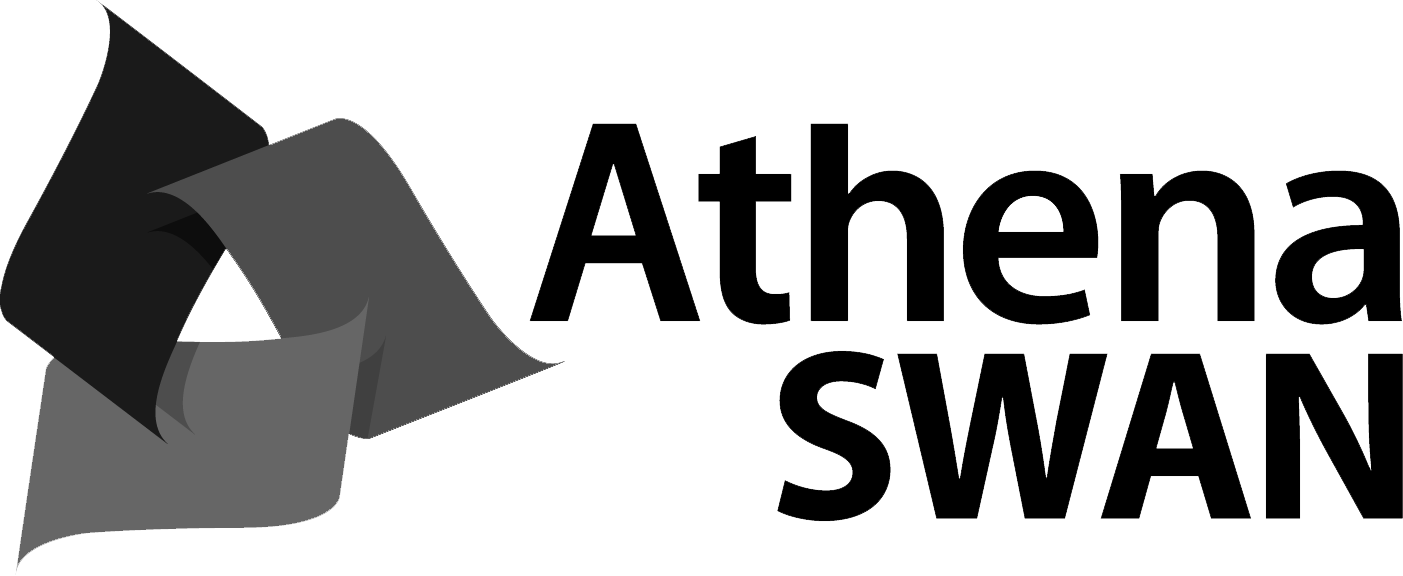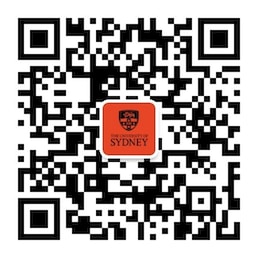Animals kept for food and companionship, are diverse and beautifully complex. In this Unit, you will develop an understanding of the structure and function of domestic animals with an emphasis on the systems relevant to animal scientists. The unit begins with the anatomy and physiology of domestic animals cell and basic tissue structure and an overview of homeostatic control systems. This is followed by a more in-depth study of the other body systems. An understanding of the normal functioning of these systems allows identification of how these systems can be influenced by animal management and the animals' environment. At the completion of this unit you will develop; a rich understanding of the relationships between body systems and structure, broad skills of critical thinking and communication, appreciating the links between structure and function and their relevance to abnormal function and animal disease that will be further developed in applied studies in animal nutrition, animal behaviour, welfare and ethics and animal reproduction. In this unit, there is a risk of exposure to zoonotic pathogens. You are encouraged to be vaccinated against tetanus and Q fever but where this is not practical you must utilize Personal Protective Equipment for specific practical classes.
Unit details and rules
| Academic unit | Life and Environmental Sciences Academic Operations |
|---|---|
| Credit points | 6 |
| Prerequisites
?
|
6cp from BIOL1XXX |
| Corequisites
?
|
None |
|
Prohibitions
?
|
ANSC3103 or ANSC3104 |
| Assumed knowledge
?
|
None |
| Available to study abroad and exchange students | No |
Teaching staff
| Coordinator | Bianca Waud, bianca.waud@sydney.edu.au |
|---|---|
| Lecturer(s) | Wendy Muir, wendy.muir@sydney.edu.au |
| Roslyn Bathgate, roslyn.bathgate@sydney.edu.au | |
| Hamutal Mazrier, hamutal.mazrier@sydney.edu.au | |
| Peter White, peter.white@sydney.edu.au | |
| Brandon Velie, brandon.velie@sydney.edu.au | |
| Penelope Hansen, penny.dobson@sydney.edu.au | |
| Peter Williamson, p.williamson@sydney.edu.au |





